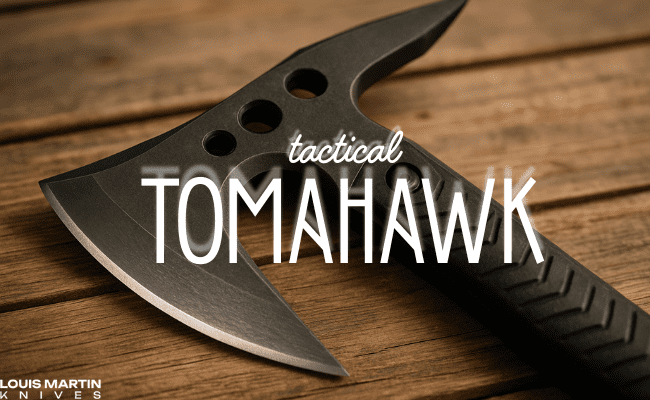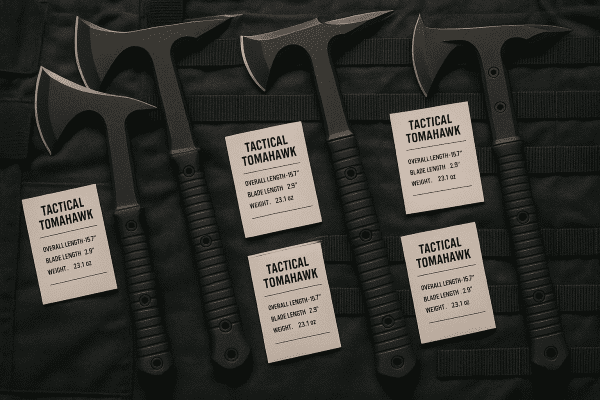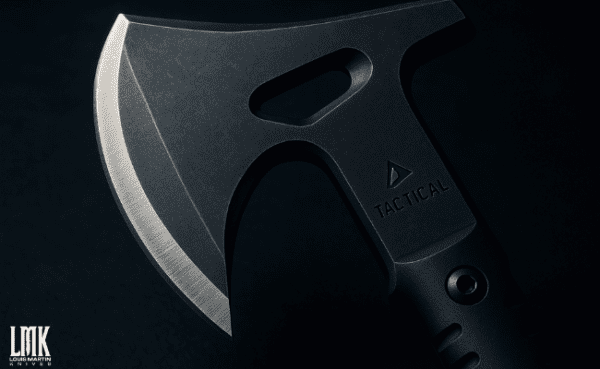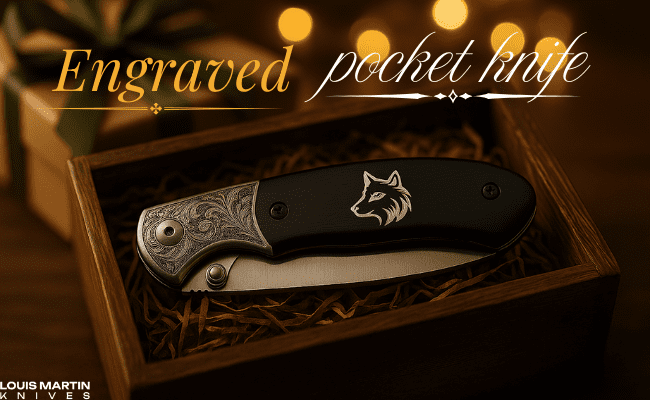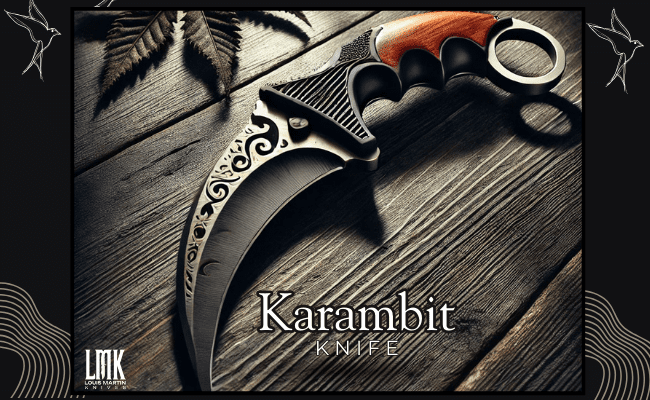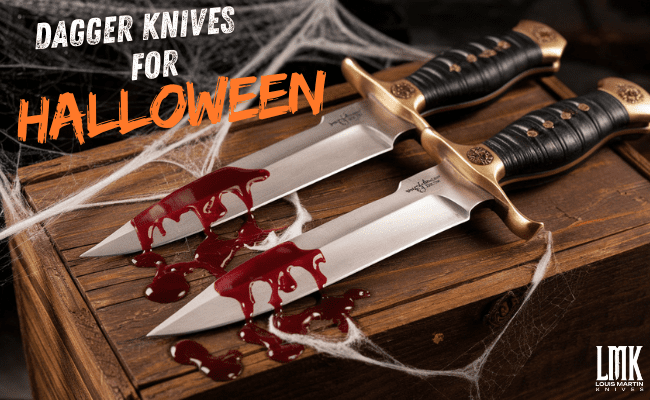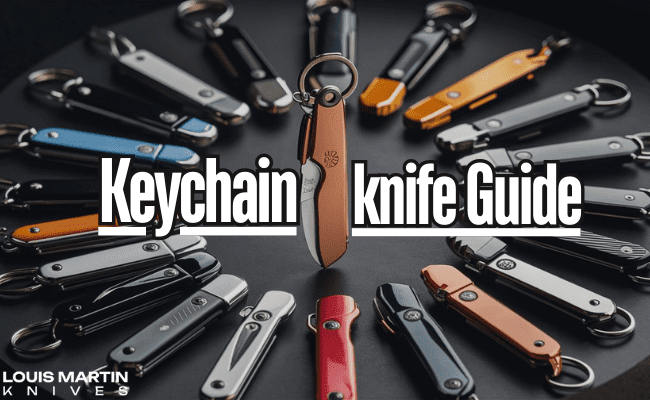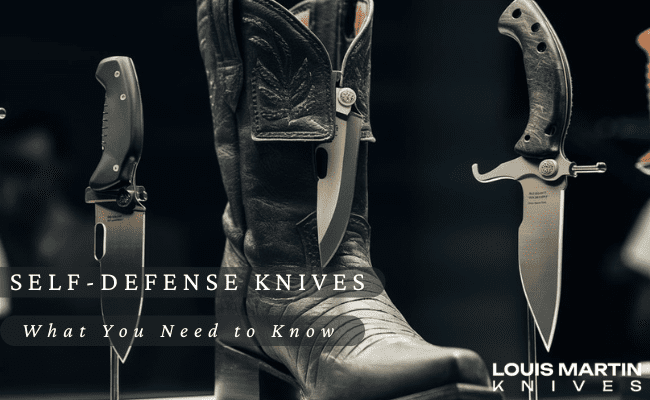A good blade is the heart of any tactical tomahawk. When people talk about tactical tomahawks, they’re often comparing steel, shape, and how the blade is finished. Whether you plan to use one for chopping wood at camp, breaching in a drill, or as part of your EDC kit, the blade’s design determines how well it performs.
Purpose and Philosophy
Before you shop for tactical tomahawks, think about what you actually need. Are you looking for cutting power, throwing accuracy, or a tool that doubles as a pry bar? The best blades balance strength with a manageable weight so the tool feels natural in the hand. If you’re hunting online for tactical tomahawks for sale, keep your intended use front and center, which will guide choices for steel type, edge geometry, and head profile.
Steel Types and What They Mean
Custom knives: Blade material is where many debates start. Carbon steels like 1095 or 5160 offer toughness and ease of sharpening, while stainless options such as 440C or CPM S35VN resist corrosion and hold a sharper edge longer. For tactical tomahawks, many users prefer a mid-carbon alloy that accepts heat treatment well. That heat treatment, which a maker hardens and tempers the steel, is just as important as the alloy itself.
Heat Treatment and Hardness
A blade’s hardness, measured on the Rockwell scale, affects wear resistance and brittleness. Harder blades stay sharp longer but can chip under impact; softer blades tolerate shock but need more frequent sharpening. A well-made tactical tomahawk blade lands in the sweet spot: hard enough to hold an edge but tempered to resist fracturing. When browsing tactical tomahawks for sale, ask the seller about heat treatment specs and test reports if they have them.
Blade Geometry and Grind
The blade’s cross-section and grind shape determine cutting behavior. A flat grind slices cleanly, while a convex or hollow grind can enhance chopping or slicing. For tactical tomahawks, a slightly convex or flat grind near the edge with a reinforced shoulder gives a good mix of durability and cutting ability. Long, tapered profiles favor throwing and slicing; shorter, more compact heads are better for heavy impact work.
Edge Geometry: Thickness and Level
Edge thickness matters. Too thin and the edge deforms under a heavy swing; too thick and it won’t cut well. Look for a blade with a well-controlled bevel, not paper-thin, but ground to a keen angle. Many quality tactical tomahawks use an edge angle between 20° and 25° per side for a robust, sharp profile. This geometry helps the blade resist rolling and chipping under stress.
Balance and Weight
Weight distribution affects swing and control. A tomahawk with most mass concentrated near the head delivers powerful strikes, while a more balanced tool offers greater finesse. Consider whether you want a hard-hitting tool or a versatile cutter. When checking listings for tactical tomahawks for sale, pay attention to head weight and overall length they will change how the blade feels in use.
Finish, Coatings, and Corrosion Protection
Surface finish isn’t just about looks. Bead-blasting, stone-washing, or protective coatings can reduce glare and add corrosion resistance. Coatings like black oxide or DLC protect the steel but can wear with heavy use. For tactical tomahawks, a finish that minimizes maintenance while remaining durable is ideal.
Tang, Mounting, and Handle Interface
A blade’s performance also depends on how it’s attached to the handle or haft. Full-tang designs, where the metal runs through the handle, often provide the best strength and reliability. For tactical tomahawks, the head-to-handle interface should be solid and secure; any wobble or poor seating is a red flag. If the blade design integrates with modular handles, check that connections lock up tight.
Versatility vs. Specialization
Some tomahawk blades are jack-of-all-trades; others are honed for specific roles like breaching or rescue. Decide whether you want a dedicated tactical tomahawk or a multi-role tool. When searching tactical tomahawks for sale, use filters and product descriptions to find blades tailored to your needs rather than one-size-fits-all options.
Maintenance and Sharpening
A blade is only as good as the care it receives. Regular cleaning, oiling, and proper storage extend life significantly. Learn basic sharpening techniques and carry a field stone or sharpener suited to the blade steel. Even if you buy “tactical tomahawks” labeled as low-maintenance, a little care goes a long way.
Testing and Real Use
Nothing replaces hands-on testing. If possible, handle a tomahawk before you buy, or read detailed user reviews and field tests. Look for reports on edge retention, toughness, and how the blade reacts to hard tasks. Sellers advertising t actical tomahawks for sale should be able to provide user feedback and performance notes.
Conclusion and Buying Tips
A good tactical tomahawk blade blends thoughtful material choice, smart geometry, solid heat treatment, and reliable construction. Whether you’re buying your first tool or upgrading, prioritize balance between toughness and sharpness, check how the blade is attached to the handle, and choose a finish that fits your environment.
